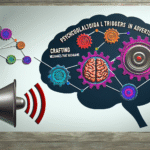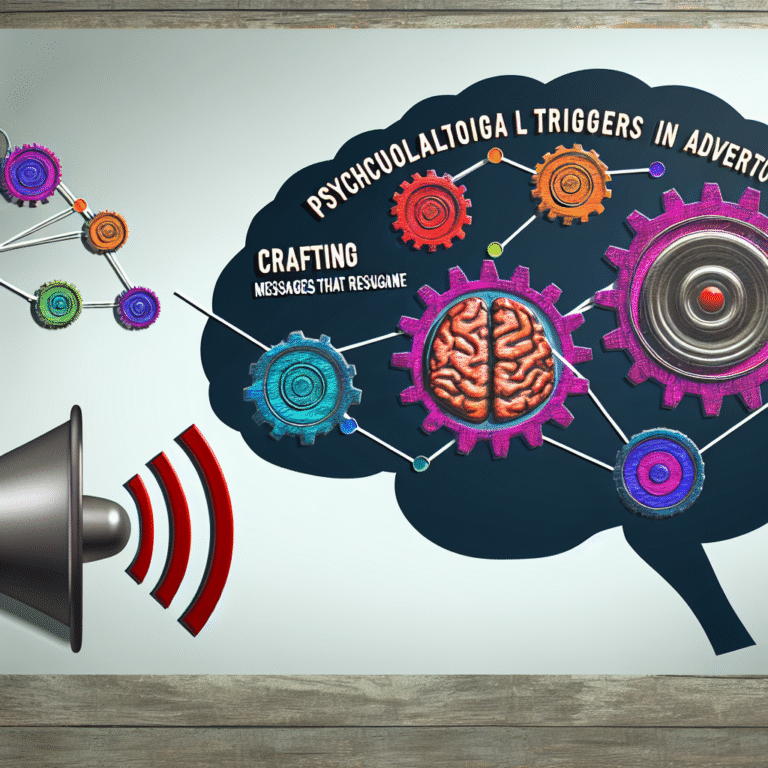
Introduction
In a world that is increasingly interconnected yet fraught with tension, the concept of "Creating Safe Spaces: Strategies for Improving School Climate in Diverse Communities" has never been more important. Schools serve as microcosms of society, reflecting the diversity of the communities around them. However, this diversity can also lead to challenges, including bullying, discrimination, and social isolation. Schools must become places where every student feels safe, respected, and valued. A safe school climate is not just beneficial—it’s essential for fostering learning, creativity, and growth.
Let’s explore effective strategies for creating these inclusive environments, encompassing unique insights and case studies that illuminate real-world applications.
Understanding Safe Spaces
Defining Safe Spaces
Safe spaces are environments where individuals feel respected, safe, and valued for who they are. In a school setting, they must embrace diversity and cultivate an atmosphere free from bullying, discrimination, and negative stereotypes.
The Importance of Safe Spaces in Schools
Creating safe spaces fosters a culture of respect, empathy, and understanding. Research shows that students in safe environments are more likely to participate in classroom activities, perform better academically, and develop healthy relationships.
Strategies for Creating Safe Spaces in Diverse Communities
1. Promoting Inclusive Curriculum
One of the cornerstones of creating safe spaces is implementing an inclusive curriculum that reflects the various cultures and identities within the school community. Textbooks and learning materials should feature diverse perspectives, allowing students to see themselves represented in what they study.
Case Study: Diverse Literature Curriculum in a High School
At Lincoln High School in San Francisco, educators redesigned the literature curriculum to include authors from various cultural backgrounds. As a result, students reported feeling more engaged and valued, directly contributing to a positive shift in school climate.
Analysis: Inclusive curricula foster connectivity between students and their learning environment, reinforcing their sense of belonging.
2. Training and Supporting Staff
Teachers and administrators play a crucial role in creating safe spaces. Investing in professional development focused on diversity, equity, and inclusion helps educators manage classroom dynamics sensitively and effectively.
Table: Professional Development Strategies for Educators
| Strategy | Description | Outcome |
|---|---|---|
| Workshops on Cultural Competency | Educators learn about different cultures and biases. | Improved teacher-student relationships. |
| Conflict Resolution Training | Skills for managing interpersonal conflicts among students. | Reduced disciplinary incidents. |
| Inclusive Classroom Practices | Techniques for accommodating diverse learning needs. | Enhanced student engagement. |
Analysis: Equipping staff with the right tools and knowledge can lead to a more supportive atmosphere, addressing issues proactively rather than reactively.
3. Encouraging Open Dialogues
Creating safe spaces involves facilitating open dialogues where students feel comfortable sharing their thoughts and experiences. Schools should implement regular forums or workshops that focus on topics like identity, bias, and empathy.
Case Study: Student-Led Forums at Maplewood Middle School
Maplewood Middle School in Minnesota held monthly student-led forums to discuss issues around identity and community. The initiative led to decreased instances of bullying and an increase in student advocacy.
Analysis: Open dialogues foster a sense of community, allowing students to relate to each other on a deeper level, thus improving overall school climate.
4. Implementing Peer Support Programs
Peer support programs can give students safe outlets for expression and belonging. These programs can take the form of mentoring, buddy systems, or support groups.
Table: Peer Support Program Components
| Component | Description | Benefits |
|---|---|---|
| Peer Mentoring | Older students mentor younger peers. | Builds connections and leadership skills. |
| Support Groups | Safe spaces for students to share experiences. | Emotional support and community building. |
| Anonymous Surveys | Students provide feedback in a non-threatening way. | Helps educators understand student needs. |
Analysis: Peer interactions can create a support network for students who may feel isolated or marginalized, bolstering their sense of community.
5. Celebrating Diversity
Regularly scheduled events that celebrate various cultures allow students to share their backgrounds and experiences, enhancing mutual respect and appreciation.
Case Study: Diversity Week at Harmony Elementary
Harmony Elementary School in Atlanta implemented a "Diversity Week" where students participated in multicultural workshops, performances, and exhibitions. The initiative led to increased student collaboration and decreased incidents of conflict.
Analysis: Celebrating diversity cultivates empathy and understanding, imperative for improving school climate in diverse communities.
Enhancing the School Environment
6. Creating Safe Physical Spaces
Beyond emotional safety, schools should ensure that physical spaces are nurturing and inviting. This can include features like cozy corners, art displays, and multi-purpose areas for collaboration.
Table: Enhancements for Physical Spaces
| Enhancement | Description | Effect on Students |
|---|---|---|
| Comfortable Reading Corners | Areas with bean bags and books. | Creates a relaxing, inviting atmosphere. |
| Art Displays | Showcases students’ creative works. | Boosts pride and ownership of the school environment. |
| Multi-person Collaboration Areas | Spaces designed for group work and interaction. | Encourages teamwork and social bonding. |
Analysis: A thoughtfully designed physical environment can significantly impact how students feel within the school community, adding to their sense of safety and belonging.
7. Implementing Conflict Resolution Strategies
Schools should have robust conflict resolution strategies to address bullying and discrimination swiftly. Teaching students to resolve conflicts constructively can transform negative interactions into learning opportunities.
Case Study: Conflict Resolution Program at Greenfield High
After implementing a peer mediation program at Greenfield High, reports of bullying dropped by 40%. The combination of training students in mediation and fostering a culture of empathy dramatically improved school climate.
Analysis: Proactive conflict resolution not only addresses issues as they arise but also teaches students vital life skills.
Conclusion
Creating safe spaces through "Creating Safe Spaces: Strategies for Improving School Climate in Diverse Communities" isn’t just a goal—it’s a necessity for a thriving educational environment. By fostering inclusivity, facilitating open dialogues, and implementing supportive practices, schools can nurture a culture where every student feels safe, valued, and empowered.
The journey toward a safer and more inclusive school climate is ongoing; however, every small step can lead to meaningful change. Educators, administrators, students, and families all share the responsibility to contribute to creating environments where every student can flourish.
FAQs
1. What are safe spaces in schools?
Safe spaces are environments where students feel respected, valued, and free from discrimination or bullying.
2. How can schools measure their success in creating safe spaces?
Schools can implement surveys and feedback sessions with students to evaluate their feelings of safety and belonging.
3. What role do parents play in creating safe spaces?
Parents can support schools by promoting inclusiveness and diversity at home and encouraging dialogue about social issues.
4. Are safe spaces relevant only to diverse communities?
No, while diverse communities may face unique challenges, the principles of creating safe spaces apply universally to enhance school climate.
5. How can technology assist in creating safe spaces?
Technology can offer platforms for anonymous feedback and peer support, as well as resources for social-emotional learning.
By implementing these essential strategies, we pave the way toward creating enriching school environments profoundly capable of fostering growth and unity among students, ultimately resulting in a brighter future for all.
















